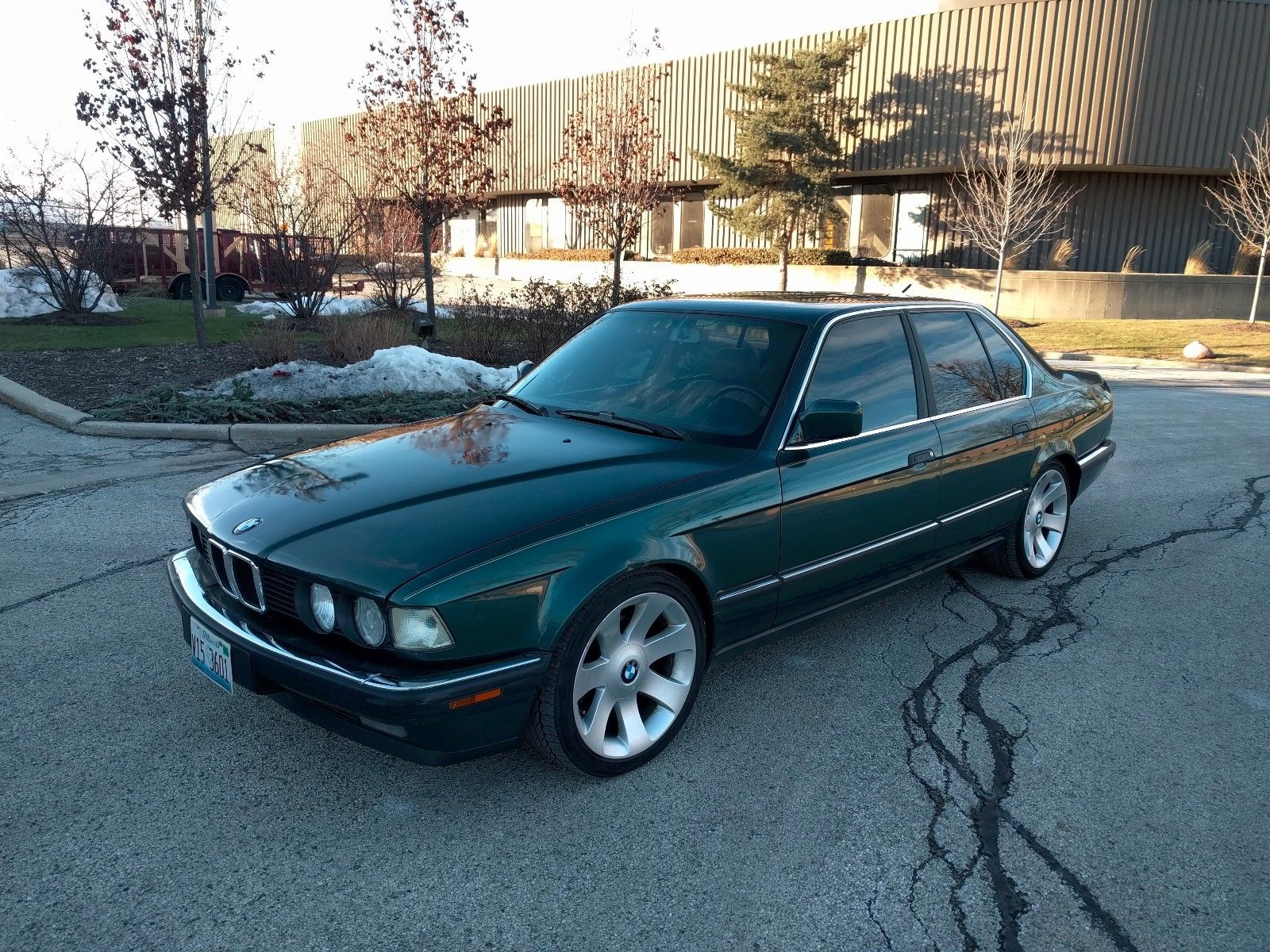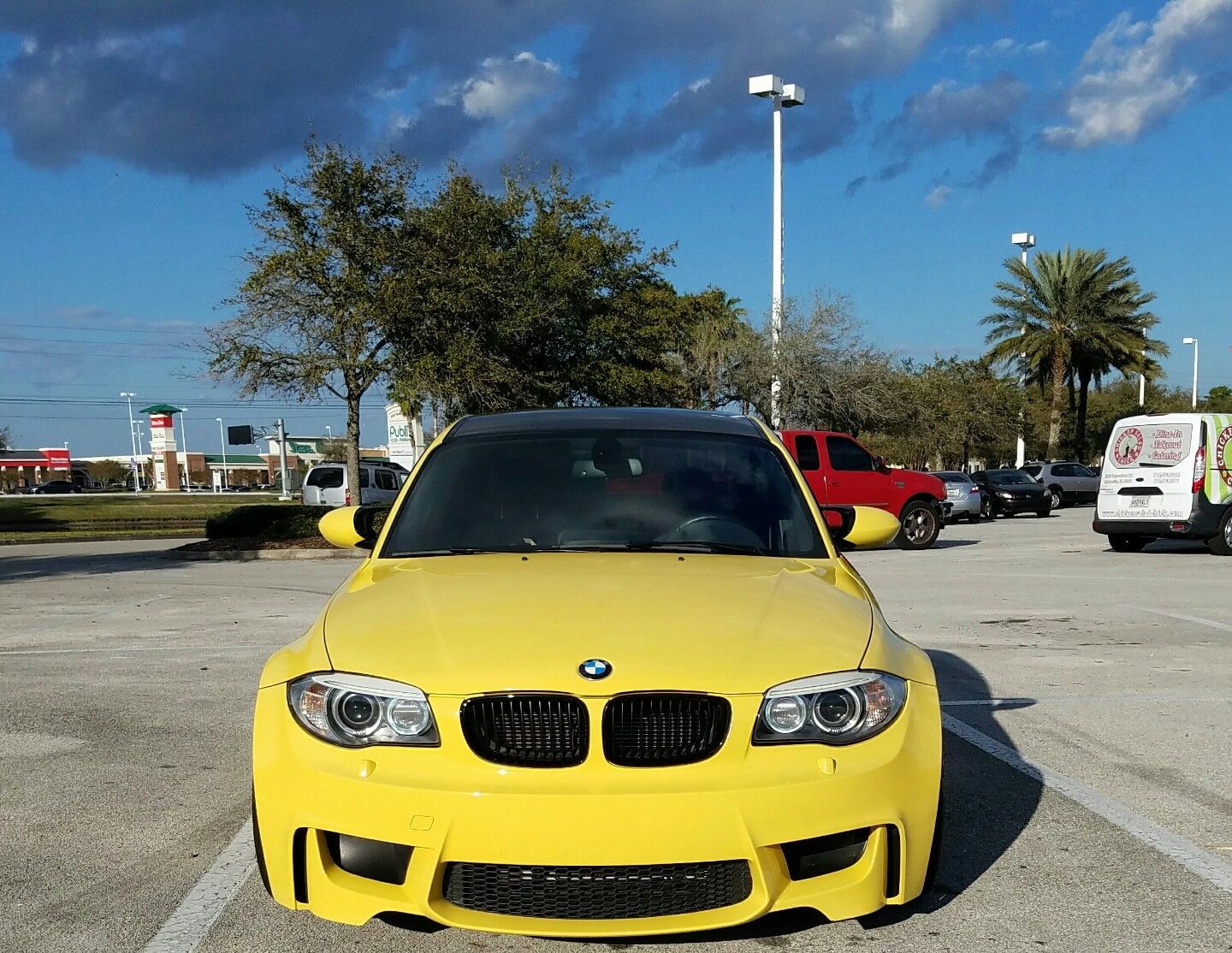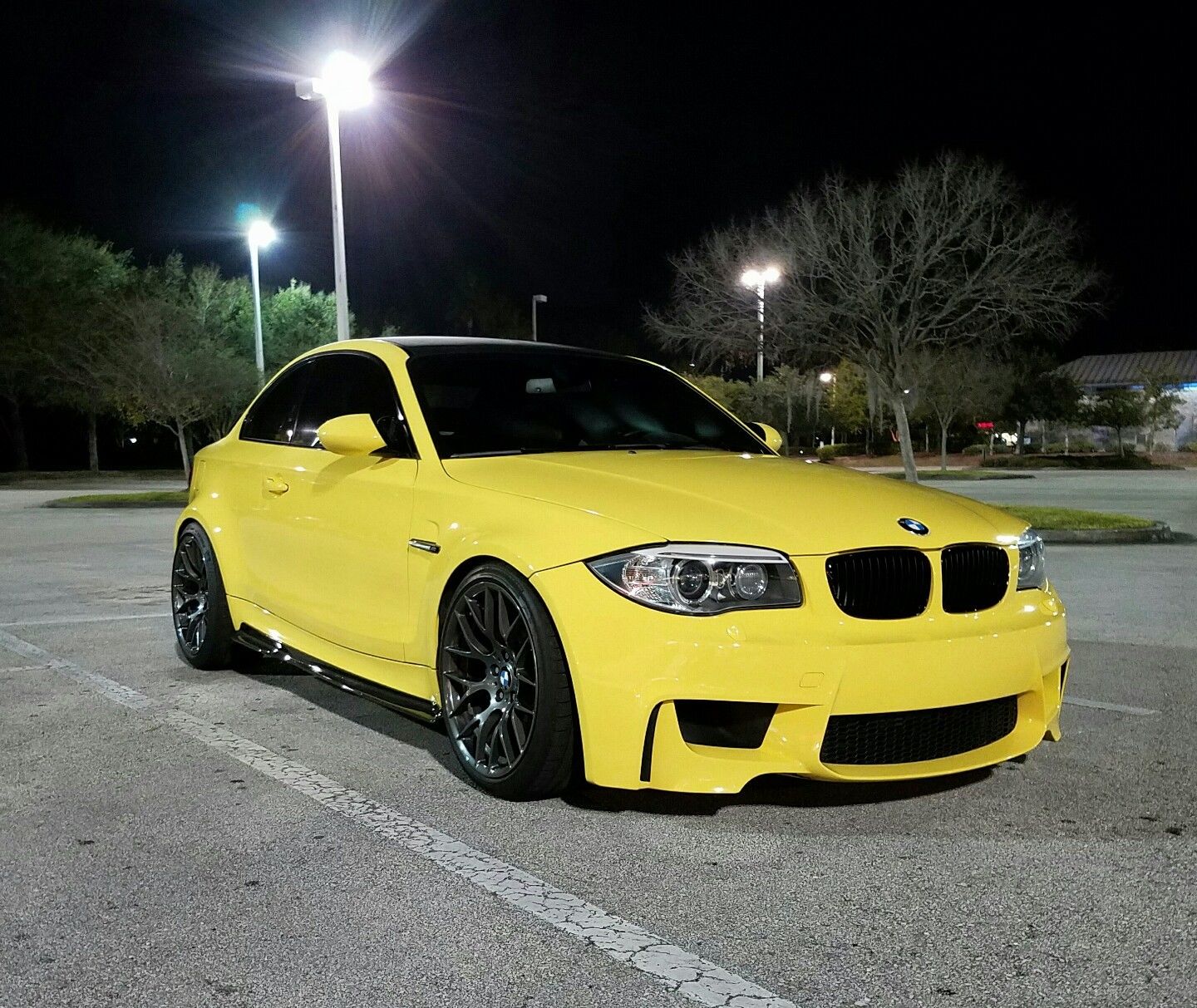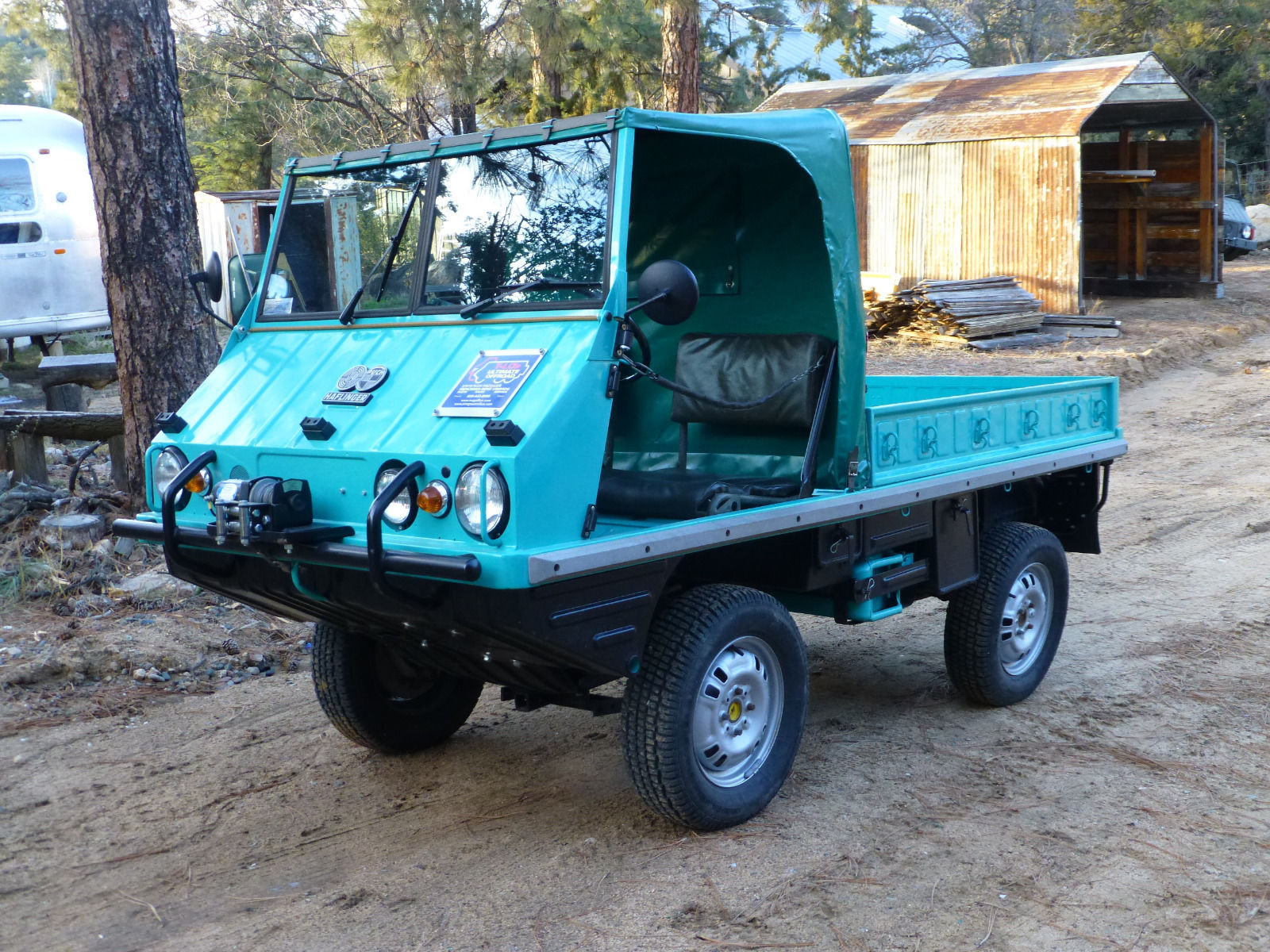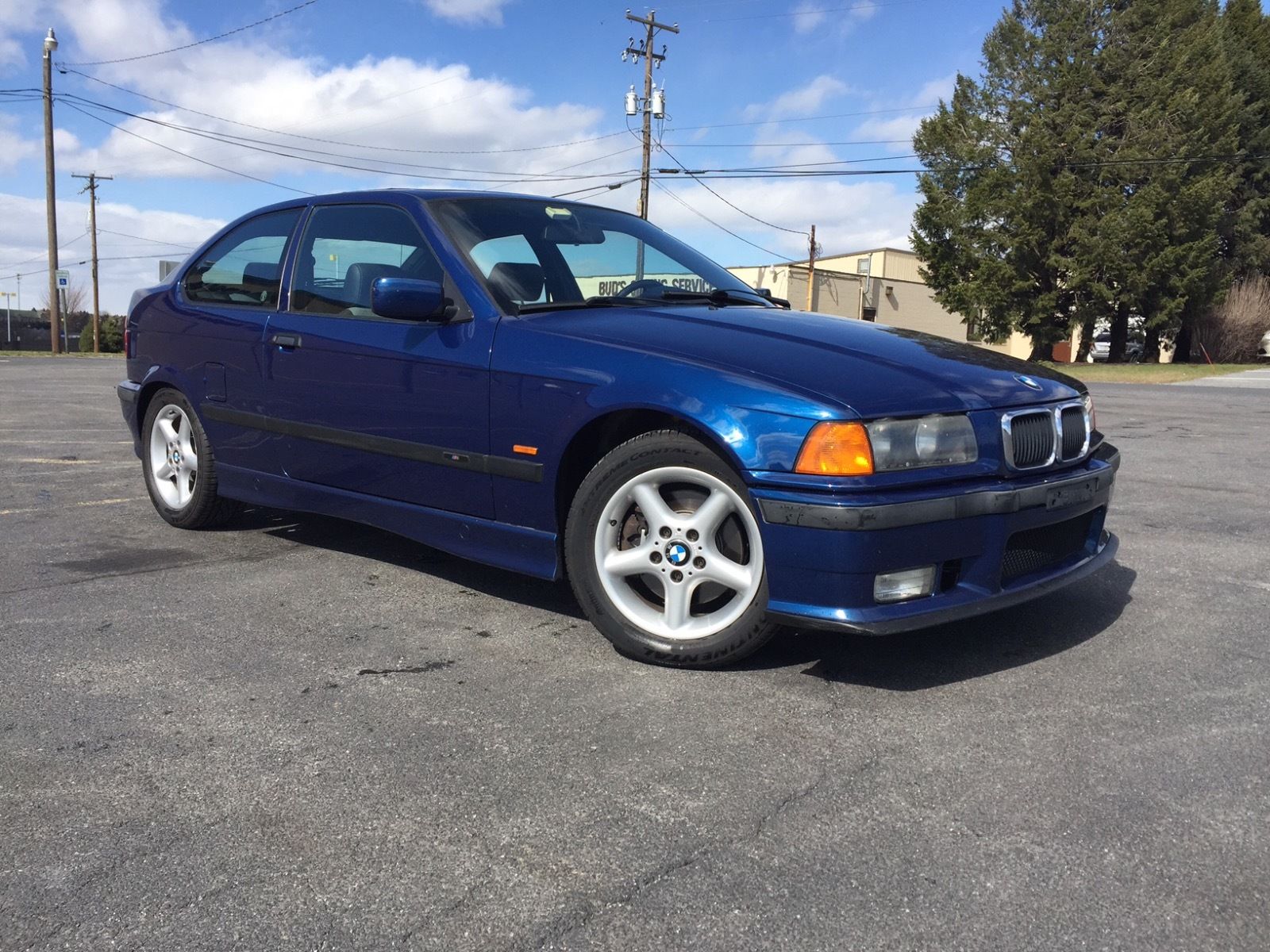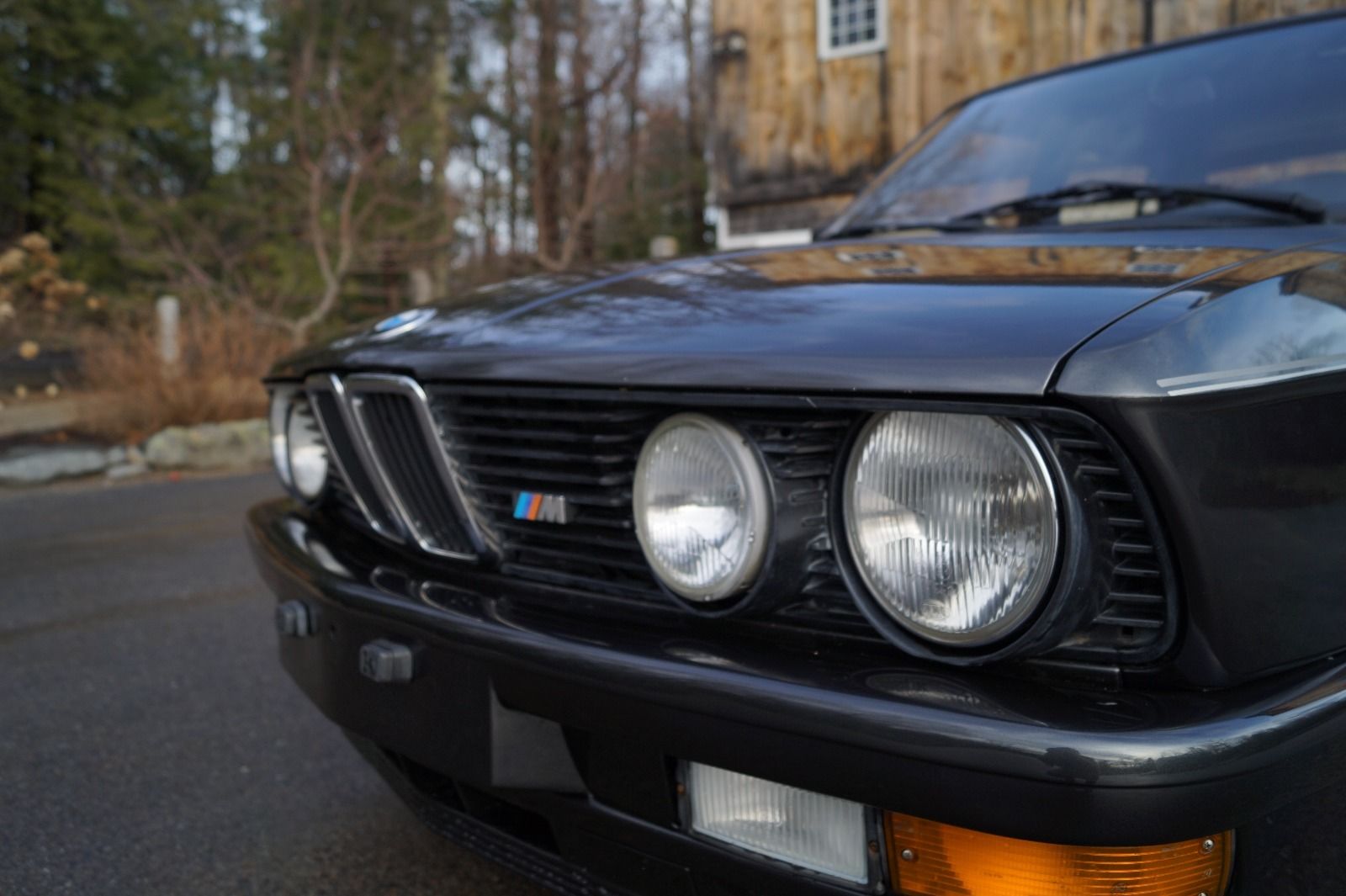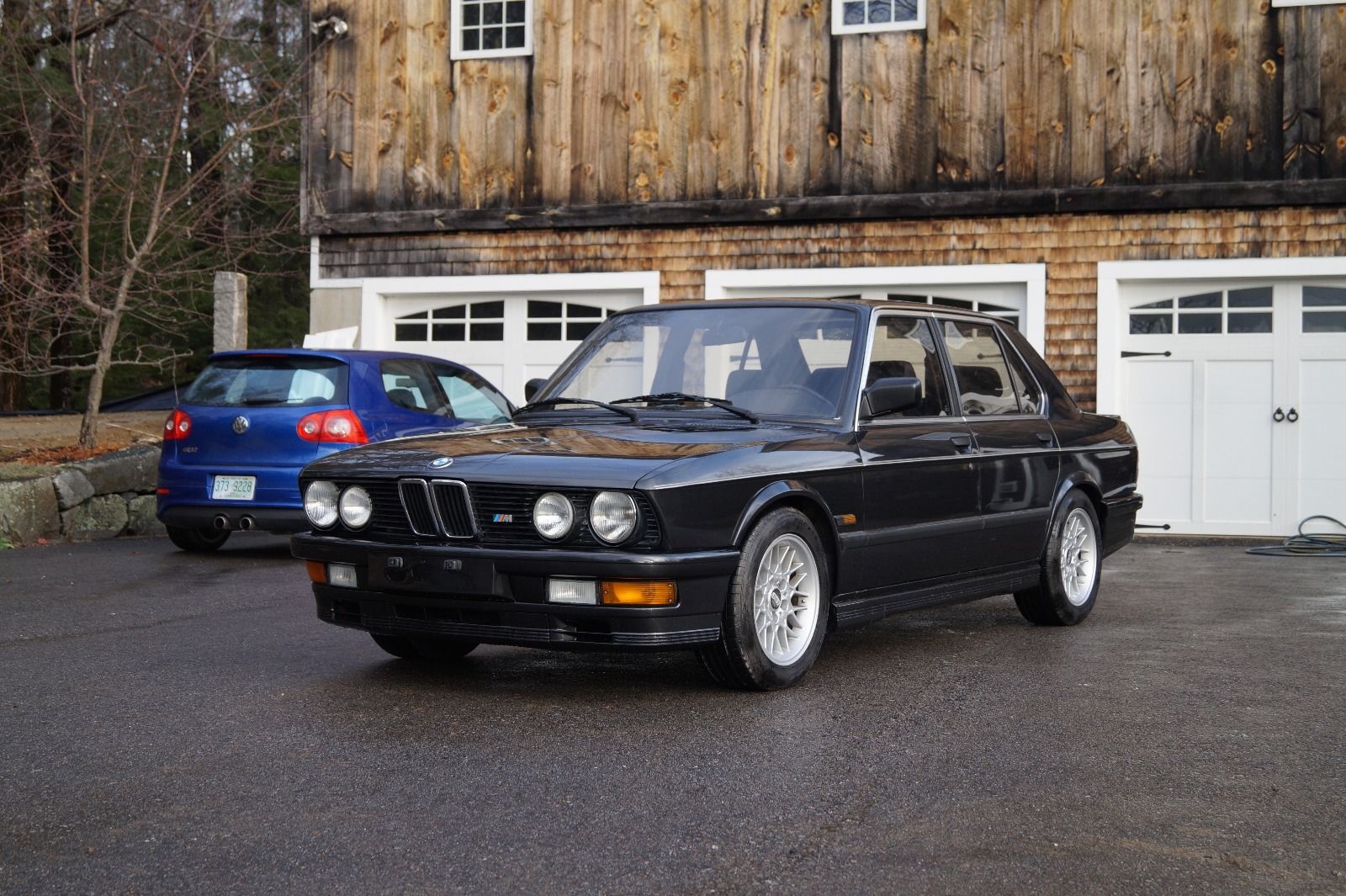Okay, let’s get this out of the way first. This is certainly not the nicest E32 on the market. With 190,000 miles on the clock, there’s plenty of evidence of the 27 years that have passed since it entered service. The leather is tired, the pinstripe is faded and under the hood looks quite dirty. It’s got blacked out windows and sits on wheels some three inches larger than the stock units. It’s not the best color combination, nor is it the biggest motor available in the chassis. So why the heck is this 735i up here? One reason – the transmission. Like Audi, BMW took a gamble that a few select drivers in the early 1990s would want to row their own gears, so for a brief period you could opt for a 5-speed manual in your large executive sedan. This is one of those original cars, but is it worth a roll of the dice?
Category: BMW
I’ve been on a bit of a yellow kick as of late, but even I was surprised when I came upon this BMW 1M. To date, I had not seen a BMW Individual painted 1M Coupe and to spy one in Dakar Yellow seemed especially amazing. Even more amazing was the price; despite only 35,000 miles on the clock, this E87 seemed priced to move at only $50,000 – some $20,000 less than other examples on the market. It was clearly worth a bit of further investigation…
CLICK FOR DETAILS: 2011 BMW 1M Coupe on eBay
3 CommentsWhen it comes to German utilitarian vehicles, the Unimog is the be-all, end-all; a half-tractor, half-urban assault vehicle. But Austria offered an interesting and less agricultural way to achieve the same goal. Built in Graz, Steyr-Daimler-Puch (usually shortened to Steyr-Puch) offered two platforms for military and industrial all-road capability. Starting in 1954, the first was the Haflinger, and it was anything but traditional. Named for the famed sure-footed breed of Austrian mountain horses, unlike a usual body-over-frame design, the Haflinger employed lightweight yet rigid casings around its drivetrain, highlighted by a central tube which connected the front and rear drive sections. This formed the basis for the structural rigidity of the Haflinger. A platform was then mounted above to carry passengers and cargo. Though they looked quite light-duty as a result and indeed tipped the scales at a scant 1,300 lbs, the off-road capability was anything but lightweight. Portal axles with gear reduction, independent coil springs and manual locking differentials gave supreme off-road capability. Power for such a small package was modest, with the flat-twin cranking out about 30 horsepower in .6 liter form as we see here. While you might not be going anywhere fast, you were certain to get there no matter where “there” was.
CLICK FOR DETAILS: 1962 Steyr-Puch Haflinger on eBay
1 CommentLike the M535i from the other day, the 318ti continued BMW’s expansion of M branding to pedestrian models. That plan included inclusion of a new down-market economy model; the 318ti Compact. The new hatchback platform brought the pricing of the small executive into the teens (just), but the only engine available – the 138 horsepower M44 1.8 liter 4-cylinder – proved just adequate motivation. Though big brother power wouldn’t come to the chassis, the Sport, Club Sport and later M-Sport packages added BMW Motorsport DNA into the E36/5. Subtle styling revisions included M3 front bumper cover, revised rocker panels and a diffusor-inspired rear cover. The Club Sport and M-Sport received special mirror covers and integrated fog lights, as well, along with the M-Sport suspension. Inside, special sport seats with Millpoint fabric (red in the case of the Club Sport), along with an M branded wheel and shift knob, helped to remind the driver that they were in the sportiest of economy BMWs. And the basic package was fairly good to begin with, in spite of the power shortfall; Car and Driver rated the 318ti Sport second in its handling competition, though it should be noted that it lost to a front-wheel drive Honda.
These 318ti M-Sports have developed a bit of a cult following as a result, offering economy car sensibility and cheap repairs with M3 looks – and, for many, a great basis for motor swaps down the line:

